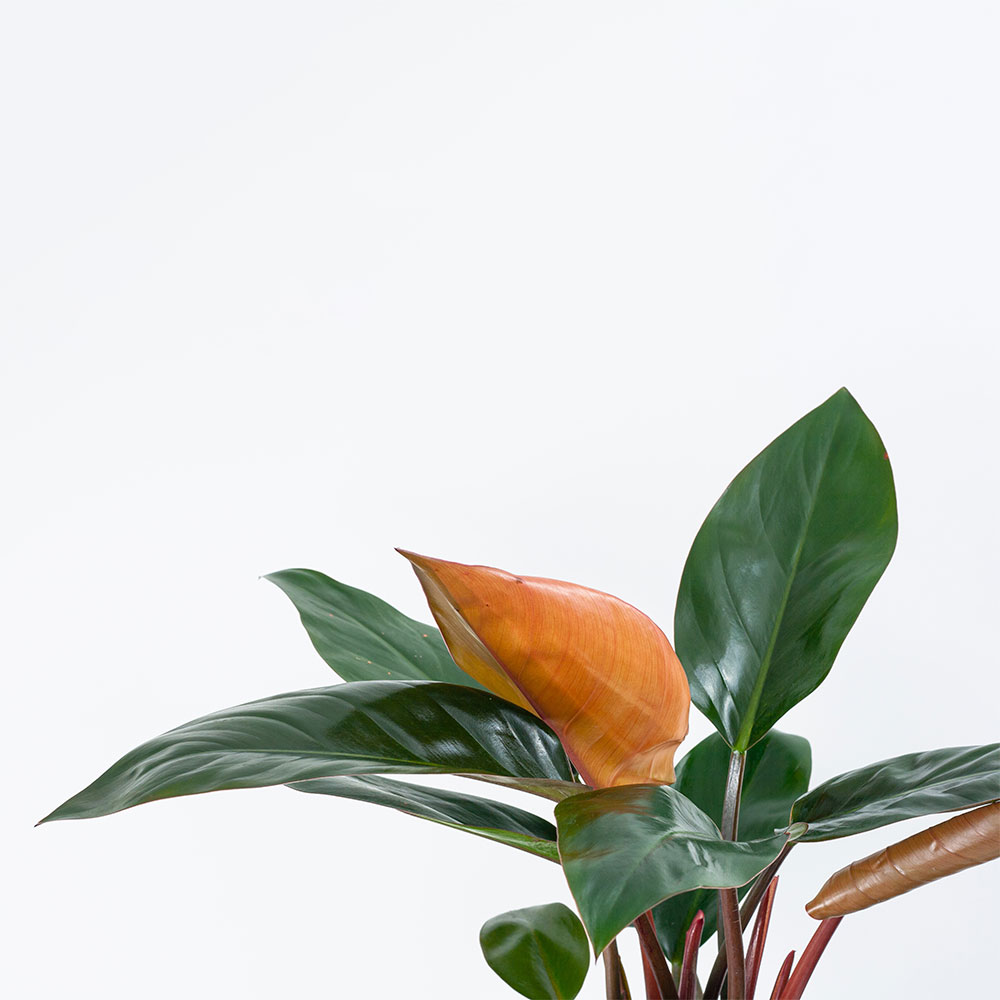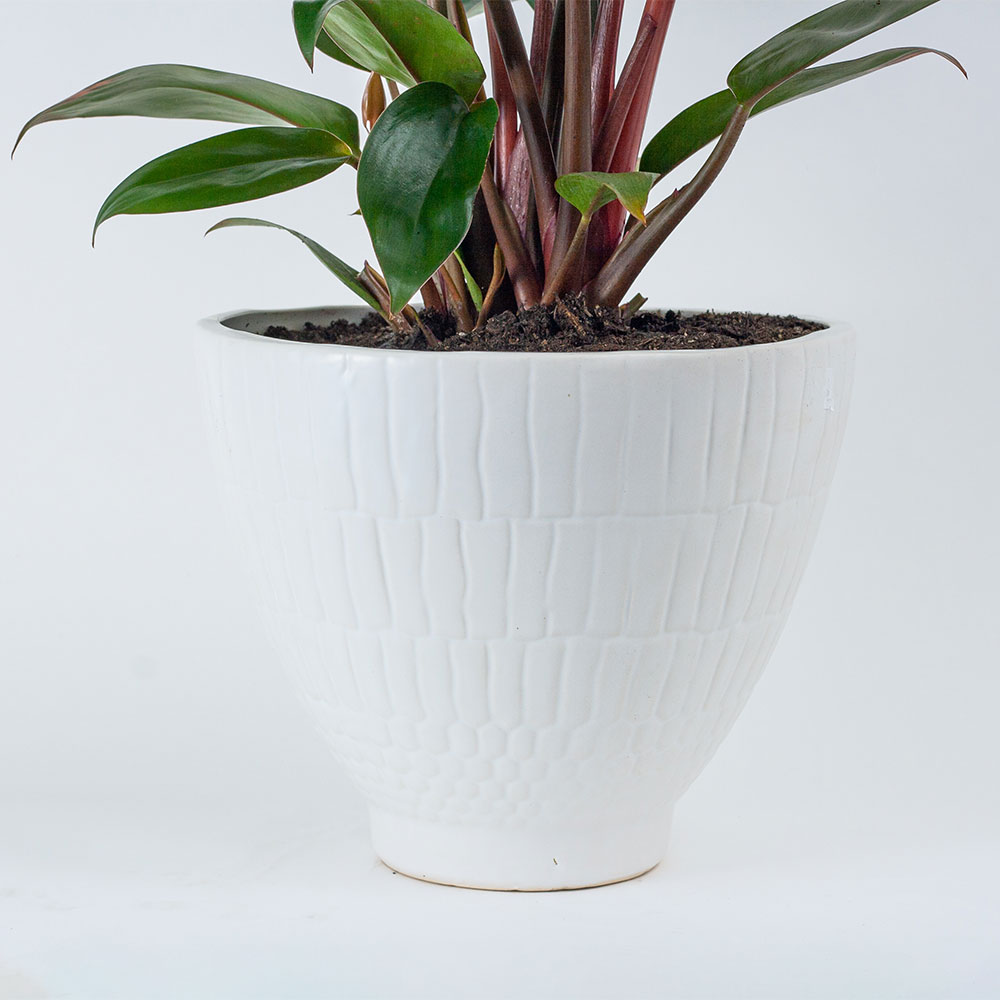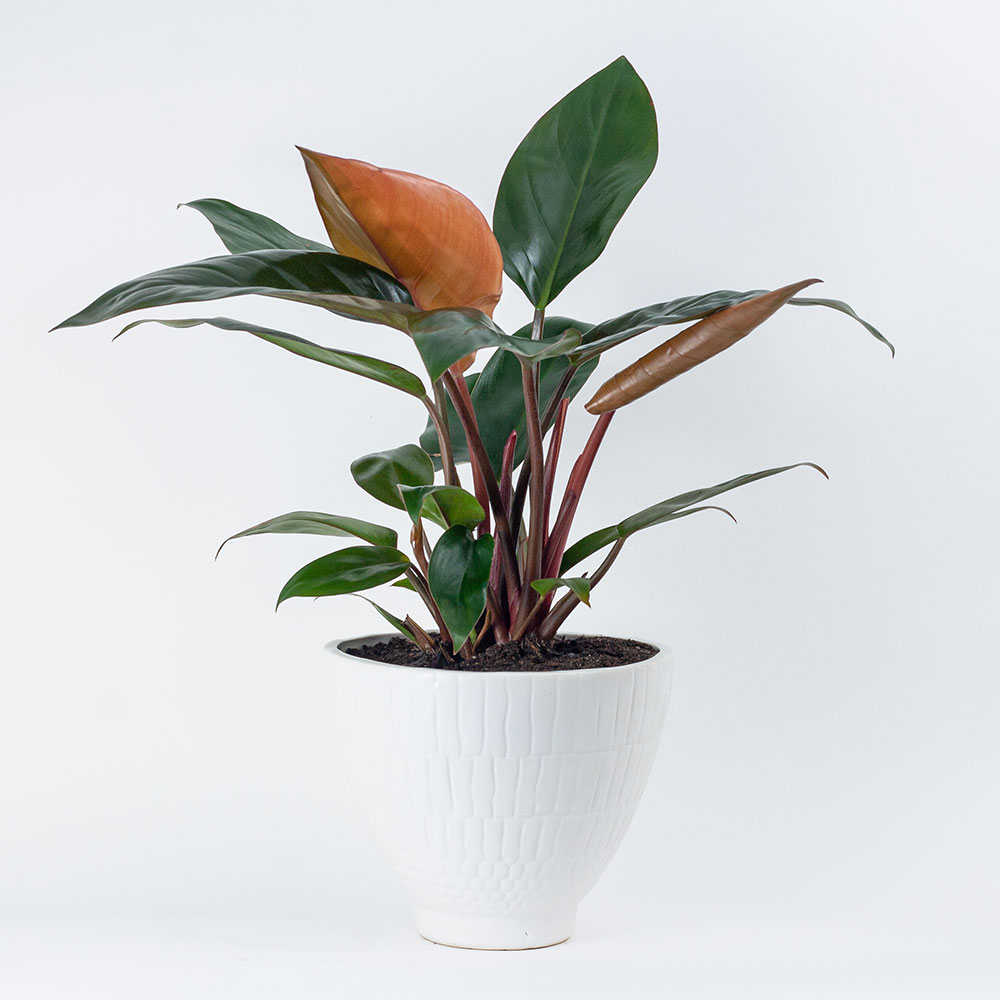No other group of plants is as widely used indoors as philodendrons.
The great variety of sizes and growth habits (vines, shrubs, and trees), as well as the uniquely shaped glossy leaves, give the indoor gardener many choices for almost any situation.
The 200 or so species are classified according to their growth habit, as either climbers or non climbers. The climbing species are the ones most commonly grown in the home. The name is a bit of a misnomer, though, since none of them climb well indoors. They must be tied to support as they grow, and the aerial roots tied to the stem or directed to the ground for further support. The non-climbing philodendrons can become large plants 6 to 8 feet tall. Their leaves, of varying shapes, extend from self-supporting trunks. These plants are ideal for offices or for large rooms with high ceilings.
Light: Provide at least moderate light but no direct sunlight.
Water: Keep evenly moist. Water thoroughly and discard drainage.
Humidity: Average indoor humidity levels.
Temperatures: 50º to 55º Fat night, 60º to 65º F during the day.
Fertilization: Fertilize all year, more heavily in summer.
Propagation: Take stem cuttings at any time, or air-layer climbing types.
Grooming: Keep climbing types to desired height and shape with light pruning or clipping at any time.DIrect aerial roots to soil or remove them if they are unattractive. Clean the leaves from time to time.
Repotting: Repot in winter or early spring, as needed.
Problems: It is natural for climbing philodendrons to drop lower leaves.


